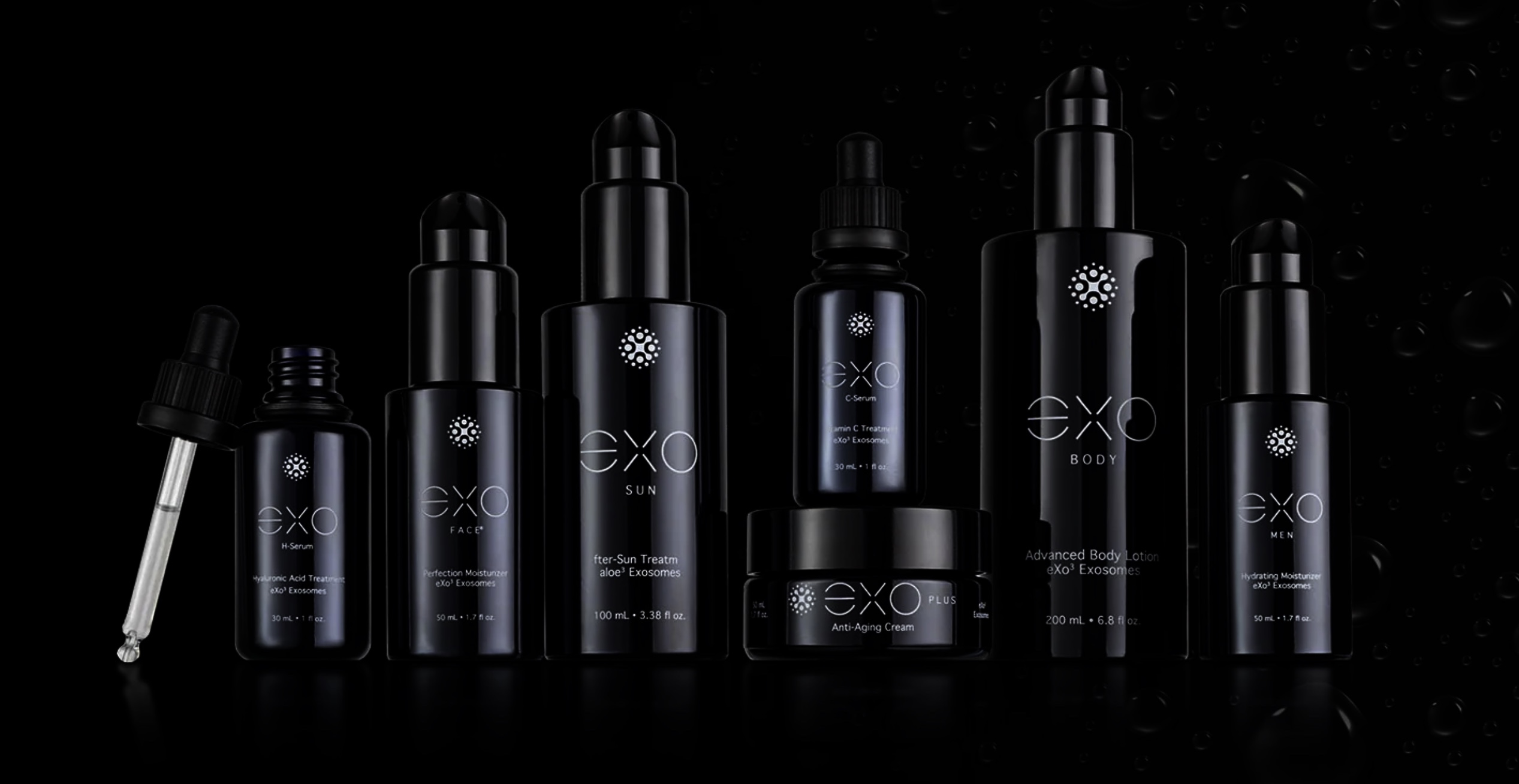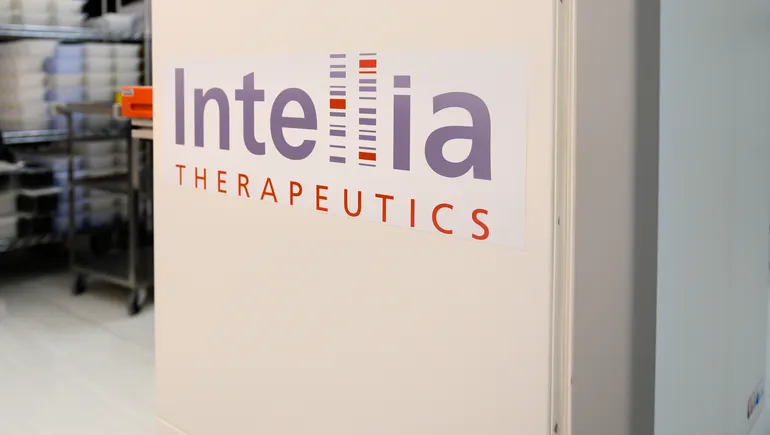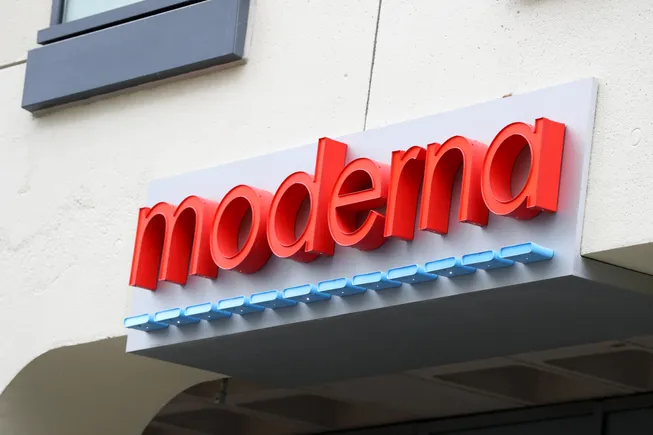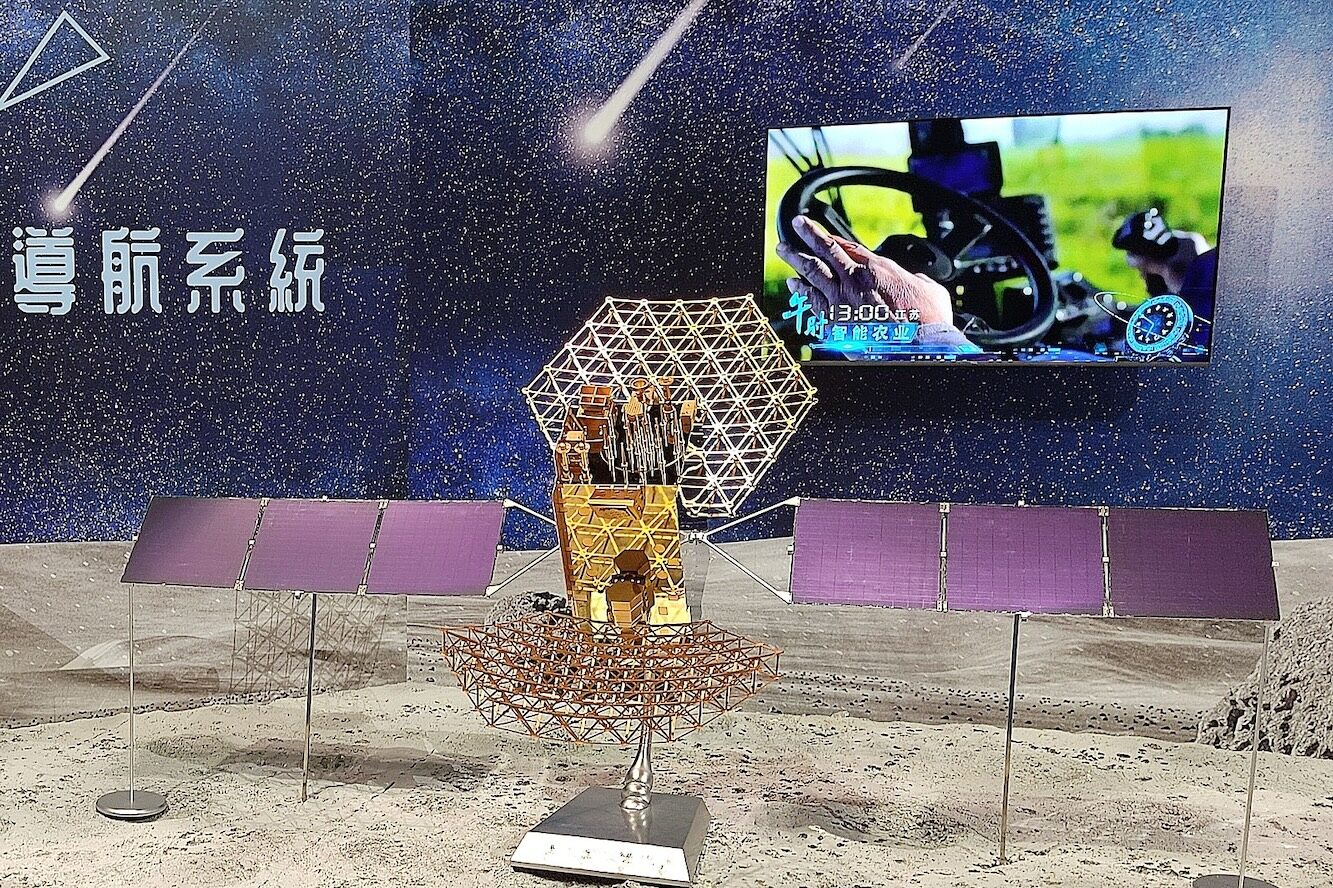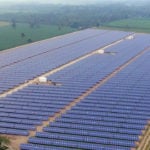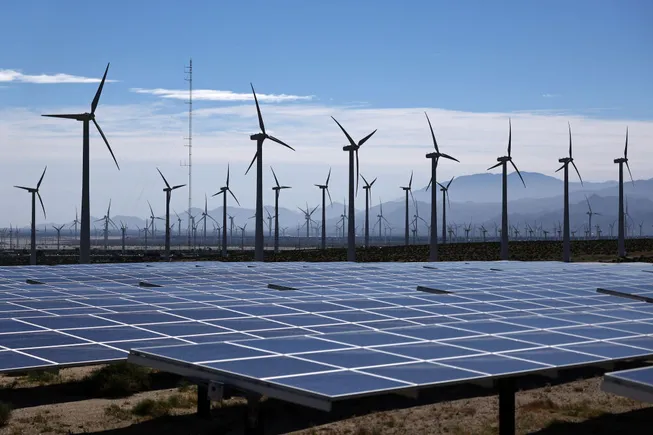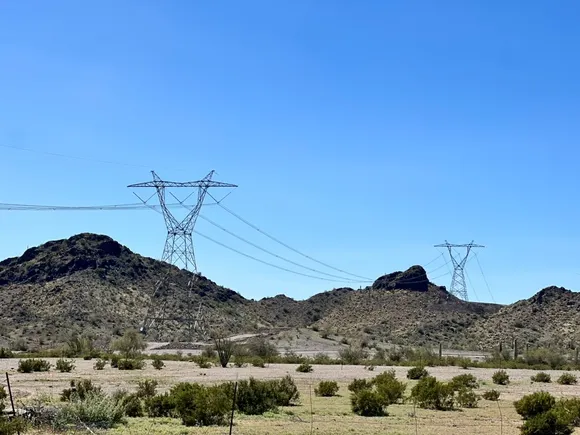Motion and Stillness Integration Over BP Nanocrystalline Complexion for Fasting Charging and Ultrastable Potassium Storage
Advanced Energy Materials, EarlyView.

The black phosphorus (BP) nanocrystallines, encapsulated within the hollow nanoreactor bearing the synergistic advantages of both crown-ring structured PPM and linear-chain structured PPO polymer via in-situ transformation, is conceptualized and designed to showcase high efficiency in potassium storage. This is attributed to Lewis acid base-driven in-situ transition of PPM to PPO with both expedited kinetics performance and reinforced interface stability via motion and stillness integration strategy (LMMS). This design yields exceptional fast-charging performance and long-term stability, even under wide temperature operating conditions.
Abstract
Black phosphorus (BP) has attracted propagated attention in favorable K+ storage featured with its large interlamellar spacing and the commendable fast-charging performance. Nevertheless, the deficient interface stability and the andante sluggish kinetics, especially referring to the high C-rates, seriously constrain the augmented practical application. Herein, Lewis acid-base-driven in-situ transformation via motion and stillness integration strategy (LMMS) targeted for a BP complex with a crown-ring (CR) structure, in-situ transforming into the linear side-chain (LS) structured polymer, is proposed. BP nanocrystalline enclosed by hollow S, N co-doped carbon nanoreactor incubated by Co/Ni single atoms, is nested by poly(N-isopropylacrylamide) grafted polypyrrole macrocyclic polymer (PPM), i.e., CoNi-SNC@BP@PPM. Based on the breaking of C─S bond, the more symmetric stillness of PPM grafted BP complex is transformed into the more asymmetric motional PPO crosslinked BP composite. Such composite merges the advantages both PPM in excellent interface stability and PPO (Chain polymers and polypyrrole-grafted poly(N-isopropylacrylamide) crosslinked networks) in expedited kinetics, achieves a discharge capacity of 303.9 mAh g−1 after 500 cycles with a capacity retention rate of 81.8%. The works highlights the strategy of motion and stillness integration for metastable supramolecular grafted BP toward for equilibrated ultrafast-charging and ultrastable K+ storage even at extreme conditions.

















































